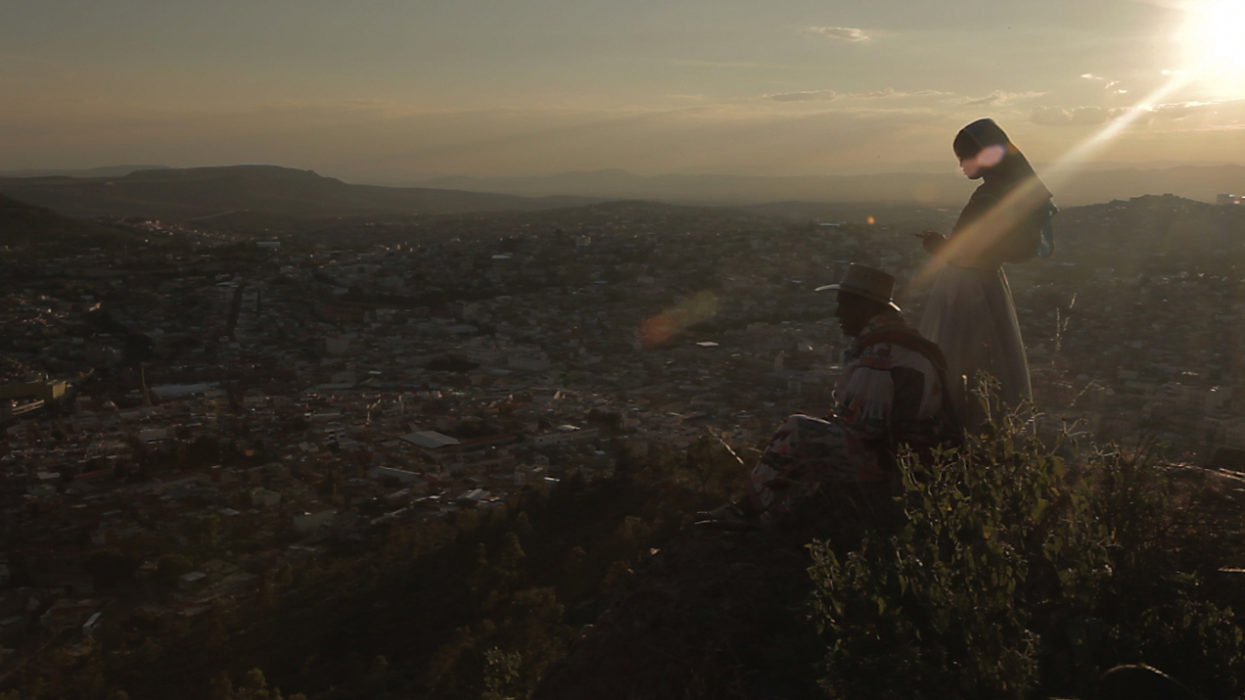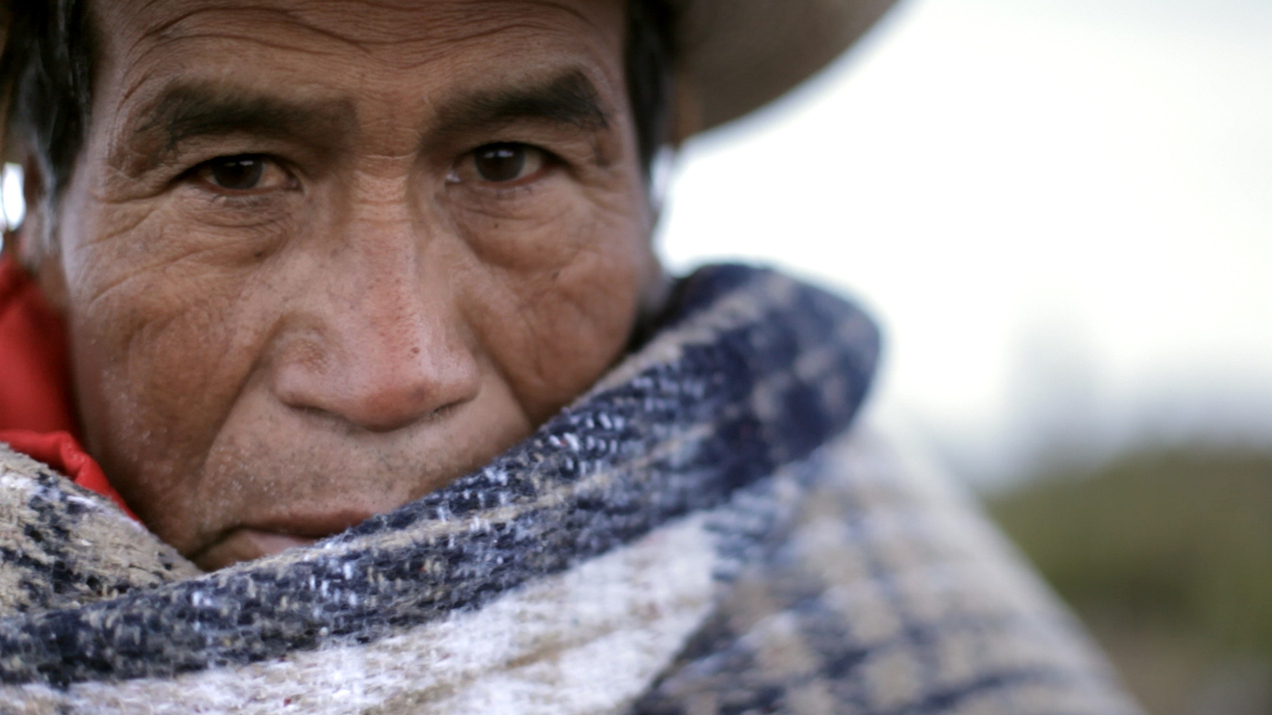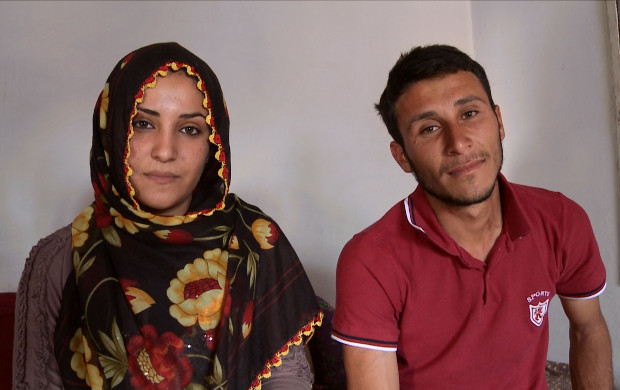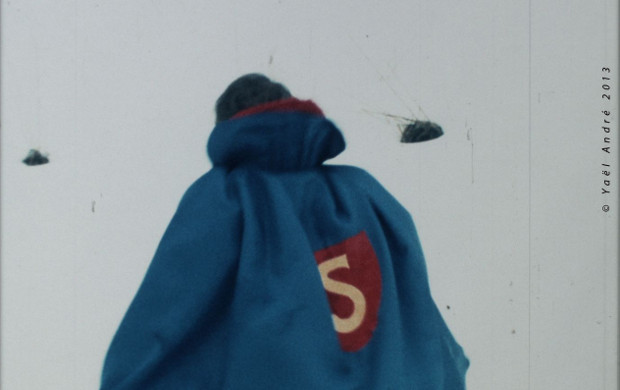ECO DE LA MONTAÑA
ECHO OF THE MOUTAIN
- 2014
- Mexico
- 80 minutes
- Spanish
The prologue, footage from 1997, has a bitter taste: we see the mural by the Mexican Santos de la Torre inaugurated in grand style at the Paris Palais-Royal metro station, a few metres below the Louvre. But “I was not invited. I went harvesting. It was badly installed…” In a fitting reversal, it is in the intimacy of Santos’ home that the film really begins. Not only to situate the man in his original environment, but also to understand that each of his beaded motifs corresponds to a historical, mythical or religious figure, in a cosmogony that irrigates everyday life. From the Zacateca museum to Santos’ pilgrimage to Wirikuta to ask the gods for permission to undertake a new work of art, the film espouses the form of this little-known art. Working its own beading, the editing fluctuates between an image being created and imagination coming to life. The ritual scenes on Peyote Road return like living tableaux, echoing Santos’ beaded cartography. At the intersection between art and ethnography, Echevarría recreates not only the breadth of the Huichols’ relationship with nature and dreams but also the moving humility of Santos’ technique: to create the sea and the sky in one year, you need a ruler, a roll of sticky tape, some coloured pencils. And everything begins on a sheet of chart paper. (Charlotte Garson)
- Production : Piano
- Editing : Omar Guzmán
- Sound : Rodrigo de Vega Benavides
- Photography : Nicolás Echevarria; Sebastián Hofmann
- Copy Contact : Piano





